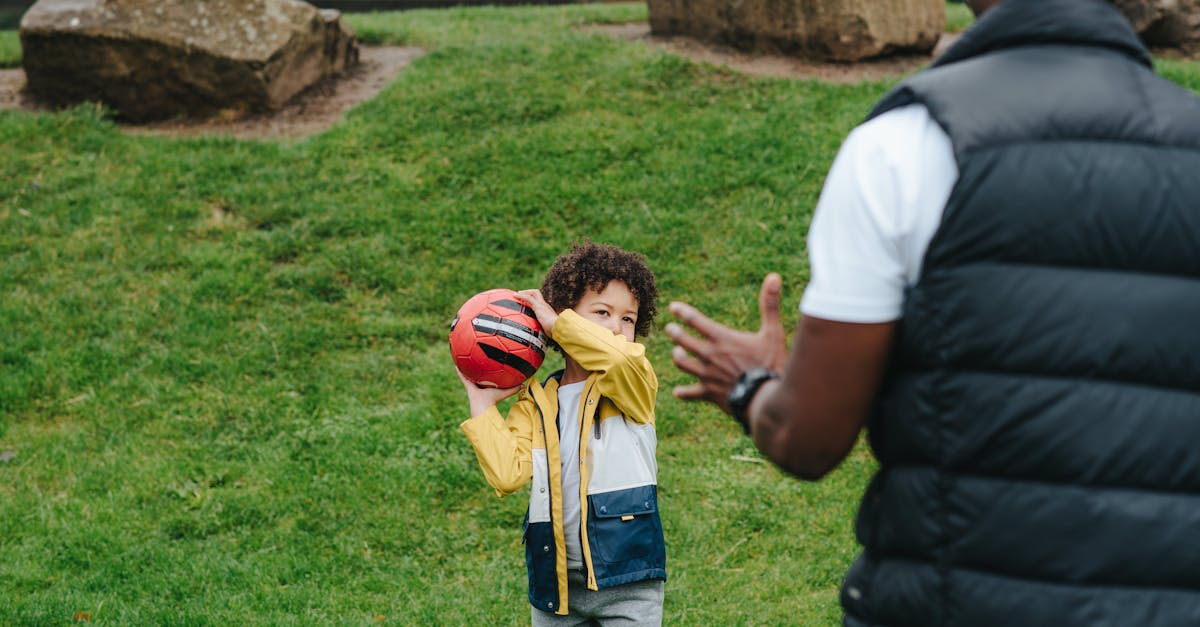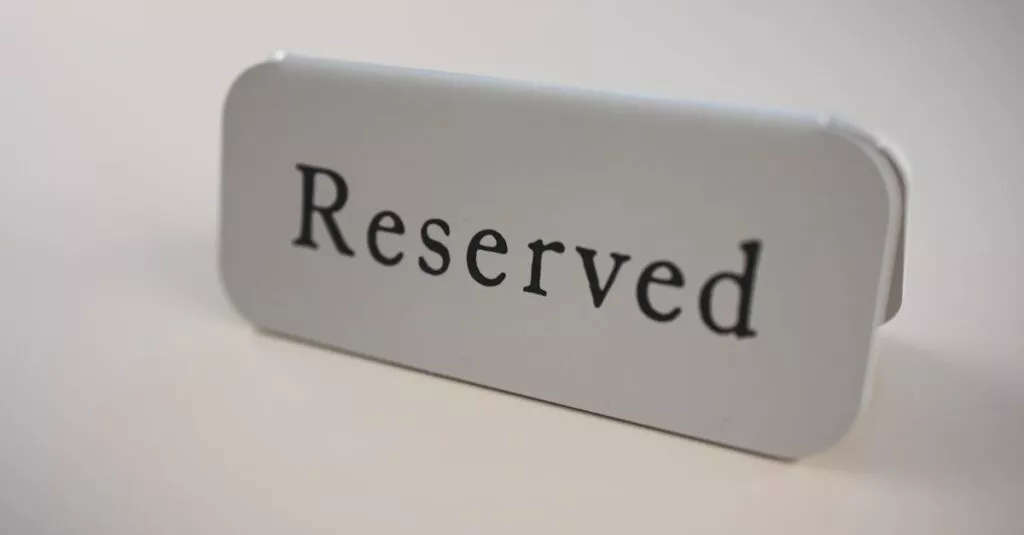Create Visual Communication Tools
Creating visual communication tools can be very beneficial. Use picture cards, gesture charts, or communication boards to help your child express their needs. You can customize these tools to suit specific camping activities.
For example, a card with a tent image for ‘pitching the tent’ or a tree for ‘nature walk’. These visual aids simplify understanding, making the camping experience smoother and more enjoyable.
Check out this image for inspiration:

Establish a Routine
Establishing a routine while camping helps non-verbal children feel secure. Predictability can ease anxiety. Create a simple schedule and stick to it. Whether it’s meal times, exploring, or bedtime, consistency is key. When children know what to expect, they are less likely to feel overwhelmed. Involve your child in setting up and understanding the routine using visual aids.

Implementing a routine can provide a sense of stability and comfort, making the camping experience more enjoyable for both you and your child.
Monitor Emotional Cues
Monitoring your child’s emotional cues is crucial. Pay close attention to body language, facial expressions, and other non-verbal signs. Camping can be overwhelming, and recognizing signs of distress can help you address issues early.
Create a safe word or gesture that your child can use if they are feeling uncomfortable. This empowers them and fosters trust.

Engage in Sensory Activities
Engaging in sensory activities can be a great communication and bonding method. Nature offers diverse sensory experiences: feeling the rough bark of a tree, the smell of pine, or the sound of a babbling brook. Include these in your camping activities. Such sensory play can be comforting and a means of non-verbal communication. Remember, each child has unique sensory preferences.

Include Social Stories
Social stories are an excellent preparatory tool. Before the trip, create simplified stories describing specific camping scenarios. Use clear pictures and simple language to outline activities and expected behaviors. This helps set expectations and provides a visual reference that your child can understand and refer to during the trip. It can reduce anxiety and prepare them for the adventure.

Emphasize Positive Reinforcement
Positive reinforcement is key to encouraging good behavior and communication. Celebrate victories, no matter how small. If your child successfully uses a communication tool or follows a routine, cheer them on. Simple praises or tangible rewards can boost their confidence and reinforce positive interactions. It’s important to focus on their achievements more than their struggles.

Encourage Family Involvement
Encouraging family involvement ensures everyone is part of the communication process. Brief family members about the communication methods and routines. Assign simple tasks to siblings that foster cooperation and interaction. Family camping can be a perfect opportunity to strengthen bonds. A supportive environment helps create a memorable and inclusive camping experience for everyone.

